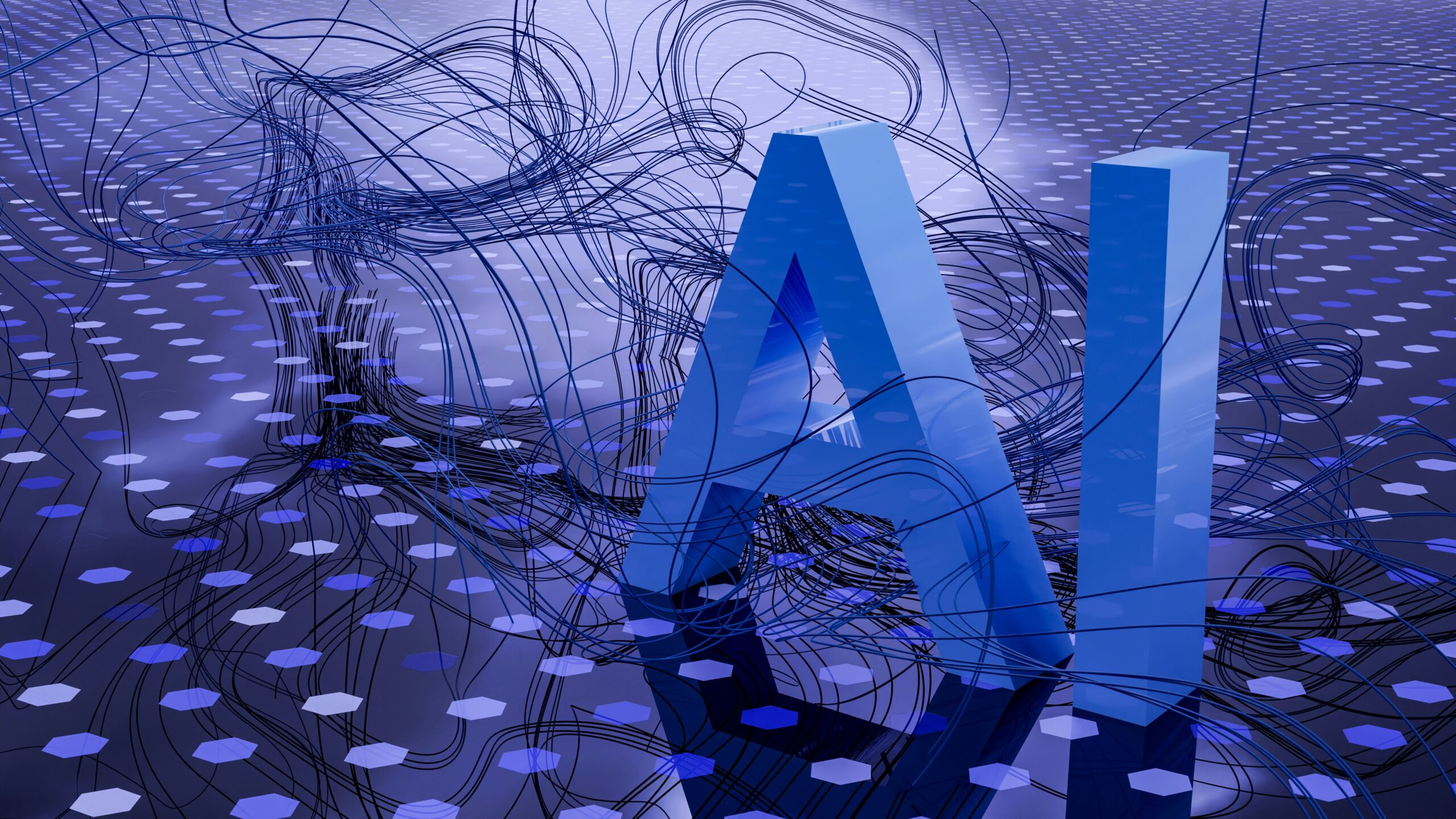
At first glance, the term “Artificial Intelligence Bill of Rights” conjures images of robots being granted the same moral safeguards as humans. In actuality, this document is designed to shield people from the potential damages caused by automated systems, especially the phenomenon recognized as AI bias.
Unraveling Artificial Intelligence Bias
With the strides in computer science, developers have engineered potent algorithms capable of enhancing decision-making in various fields, from loan approvals to healthcare management.
In the U.S., utilizing a USA VPN like ForestVPN can navigate some AI censorships and geographical restrictions. Nonetheless, an unforeseen consequence was the reflection of human biases in these automated decisions.
Imagine these scenarios:
- A woman’s job application is automatically rejected due to an algorithm biased towards male résumés.
- A high-earning Latino couple repeatedly faces rejection for a mortgage due to a biased algorithm.
- An algorithm in judicial sentencing tags a black teenager as a high-risk offender for minor theft, whereas a white man committing a similar act is deemed low-risk.
These instances are not hypothetical but real examples of AI bias in tech giants, mortgage lenders, and the justice system.
Root Causes of Artificial Intelligence Bias
AI bias, often unintentional, arises from several sources:
- Creator bias: Algorithms, mirroring human pattern recognition, can inadvertently adopt their creators’ subconscious prejudices.
- Data-driven bias: AI systems learning from biased datasets will inevitably replicate these biases.
- Interaction-induced bias: The case of Microsoft’s chatbot Tay, which turned offensive due to its learning from user interactions, is a testament to this.
- Latent bias: Algorithms might associate certain professions or roles with specific genders or races based on prevailing stereotypes.
- Selection bias: Overrepresentation of certain groups in training data can skew the algorithm’s effectiveness towards these groups.
This phenomenon has led to widespread ethical concerns, prompting calls for a legislative framework to protect citizens’ rights in the context of algorithmic decision-making.
The AI Bill of Rights: A Shield Against Bias
In response to these concerns, the White House Office of Science and Technology Policy (OSTP) crafted a blueprint for this Bill, encompassing five protective measures:
- Safety and Effectiveness in AI: Ensuring algorithms undergo rigorous testing and monitoring.
- Non-discriminatory Algorithms: Implementing proactive measures for transparency.
- Data Control: Empowering people to manage how their data is used.
- Transparency in AI Usage: Making the use and impact of AI systems clear to the public.
- Option for Human Intervention: Allowing individuals to opt out of automated decisions.
The Road Ahead: From Blueprint to Legislation
Currently, the AI Bill of Rights remains a nonbinding white paper, serving more as a guideline than an enforceable law. This leaves the implementation of these recommendations optional. The Blueprint is envisioned as an educational tool for government agencies and tech companies to develop unbiased AI systems.
Will AI Ever Achieve Absolute Impartiality?
The potential for unbiased AI hinges on adherence to the principles in the Blueprint. While this is a step in the right direction, experts, including the Algorithmic Justice League, stress the necessity of transforming these guidelines into enforceable laws to close any loopholes that permit undetected biases.
Conclusion
In summary, while the AI Bill of Rights is a significant stride towards ethical AI, its effectiveness depends on its transformation from a set of recommendations to binding law, ensuring that technology safeguards human rights.
Read More: Understanding GDPR
Endian vpn access server
FAQs
Why is the AI Bill of Rights important?
It aims to ensure that AI technologies are developed and used in ways that are safe, non-discriminatory, transparent, and respectful of human rights.
What are the main causes of AI bias?
AI bias can stem from creator bias, data-driven bias, interaction-induced bias, latent bias, and selection bias.
Is the AI Bill of Rights currently enforceable?
No, it is a nonbinding set of guidelines, serving more as an educational tool than enforceable legislation.
What can be done to ensure AI is unbiased?
Adherence to the principles outlined in the AI Bill of Rights is crucial, along with a push for these guidelines to be transformed into enforceable laws.

